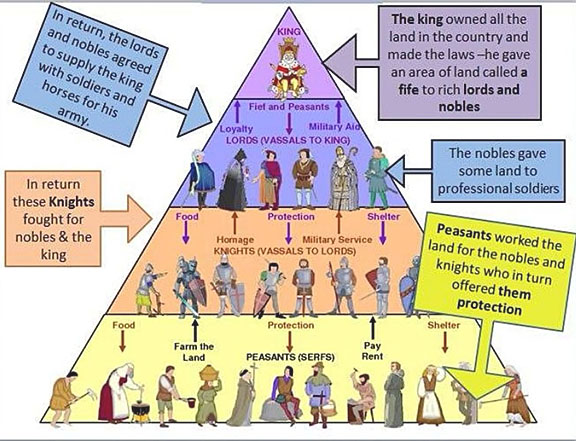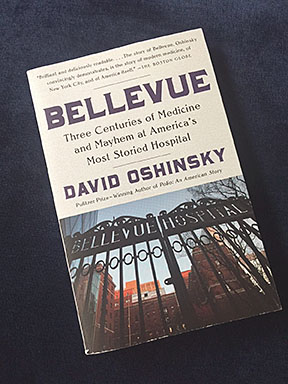History’s Emanations
A recent NY Times Op-Ed piece asks, “Can Silicon Valley Find God?” In a controlled study, doctoral candidate Linda Kinstler sought answers she knew to be programmed into two popular artificial intelligence (AI) algorithms.She asked Amazon’s Alexa, “Alexa, are we humans special among other living things?” Ms. Kinstler then asked Google, “OK, Google, how should I treat others?” After some follow-up questions, Kinstler received her answers.
On July 17, after reading “Can Silicon Valley Find God,” using my smartphone, I asked Google, “is there a God?” On July 18, Google’s top three responses included a reference and link to Ms. Kinstler’s July 16 NY Times Op-Ed piece. Silicon Valley might not be able to find confirm there’s a God, but Silicon Valley can provide its users with information which might enable them to develop their own ideas about the existence of gods or “God.” Throughout history, priests, ministers, and teachers have provided this information more slowly, interpreting local texts and usually without reference to competing stories. I suspect Google’s algorithm turned up Linda Kinstler’s NY Times article because: A: the article was new and B: the article mentions Google.

Electronically, news travels fast but only to those interested in hearing it.
Some news is blocked from traveling.
Case in point: On January 1, 1863, President Abraham Lincoln issued the Emancipation Proclamation declaring “that all persons held as slaves” within the rebellious states “are, and henceforward shall be free.” General Robert E. Lee surrendered to General Ulysses S. Grant on April 9, 1865, yet slavery continued in Texas until June 19, 1865, when General Gordon Granger brought that news to Texas, the last holdout Confederate state. On June 17, 2021, President Biden signed the Juneteenth National Independence Day Act (Public Law 117-17). Public Law 117-17 specifies the importance of “recognizing the historical significance of the Juneteenth National Independence Day to the United States and that (1) history should be regarded as a means for understanding the past and solving the challenges of the future…”
In the wakes of both the 2020 presidential election and the events in Minneapolis, people are arguing about American history. What we call American History started in Europe. Around the same time Christopher Columbus sailed for India and instead, landed in the Caribbean, Feudalism in Europe had died out or was dying out. Feudalism involved hierarchies that, from top to bottom, consisted of monarchs, lords and nobles, knights, peasants, and serfs. Serfs were bound to the land. One synonym for “serf” is “slave.”
Both reference points in history and personal labels divide us. A recent encore broadcast of “Freakonomics” on NPR, asked the question, “Is the Protestant Work Ethic Real?” In post-Reformation Europe, a time of increased literacy because of the printing press, religious affiliation probably did affect economic results. If a monarch or lord switched religious loyalty, his property and his human subjects went with him. If the monarch prospered, presumably, so did his subjects. If monarch and subjects affiliated themselves with the geographically dominant religious sect, they were likely more successful. “Freakonomics” concluded, “It may be useful to have learned a few things about the relationship between religion and income, there is much, much more that isn’t yet known.” “Freakonomics” is available online.
I asked Google if the Protestant Reformation led to the end of European feudalism. Google provided multiple links, one of which suggested that the Black Death led to the end of feudalism, perhaps, the linked article suggested, because after so many Europeans laborers died, laborers who survived could better bargain for their services. Perhaps the Black Death kick started the end of Feudalism. All historical timelines include multiple intersecting and overlapping circumstances.
 One of my favorite history books “Bellevue,” by David Oshinsky, chronicles the ethnic, sectarian, and socioeconomic conflicts that, overcome over time, gave way to the establishment of a public hospital to address Manhattan’s shared health concerns.
One of my favorite history books “Bellevue,” by David Oshinsky, chronicles the ethnic, sectarian, and socioeconomic conflicts that, overcome over time, gave way to the establishment of a public hospital to address Manhattan’s shared health concerns.
How might some future researcher interpret recorded histories from 2020? The records would likely mention Derek Chauvin and George Floyd, but would the record mention Christopher Martin? Christopher Martin is the 19-year-old clerk at Cup Foods who, knowing his pay would be docked for $20.00, accepted a bluish counterfeit $20.00 dollar bill from the 46-year-old, 6’6” or so, physically imposing, seemingly intoxicated George Floyd. I imagine Christopher Martin, with knots in his stomach, trying to quickly decide whether and/or how to refuse the fake bill offered by the large and more chronologically senior man. I wonder, how tall is Christopher Martin? I asked Google. Before I finished asking, Google responded that Chris Martin the entertainer is 5’11” and 6’1”. I asked again. Silence followed.
Socioeconomics has long determined who writes what information into the record. The available records limit what we know and then, think to ask. Perhaps we need to think more about that.











